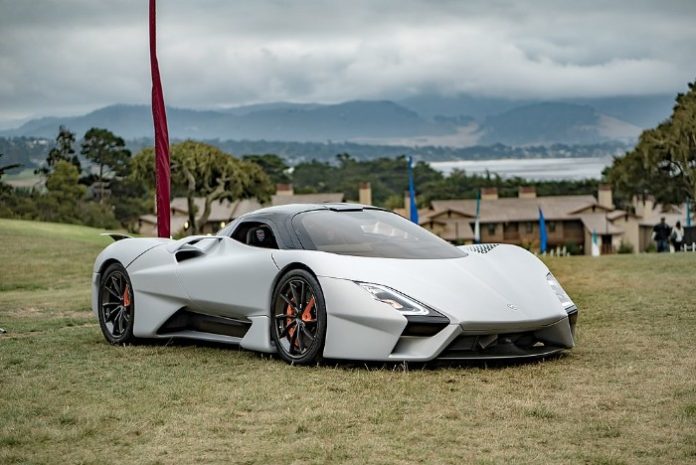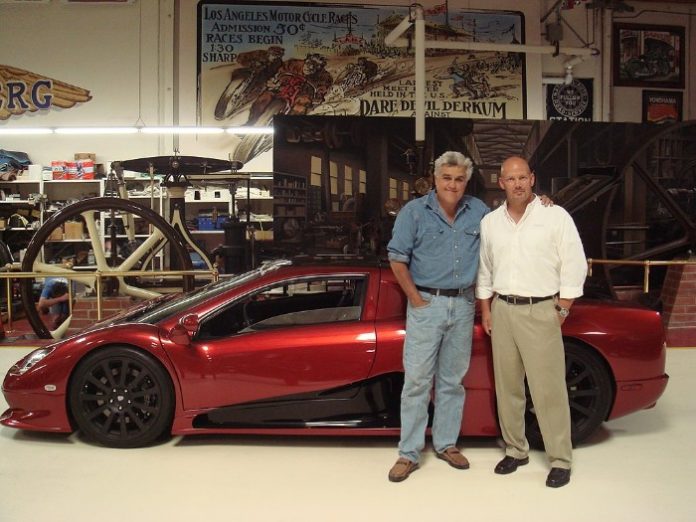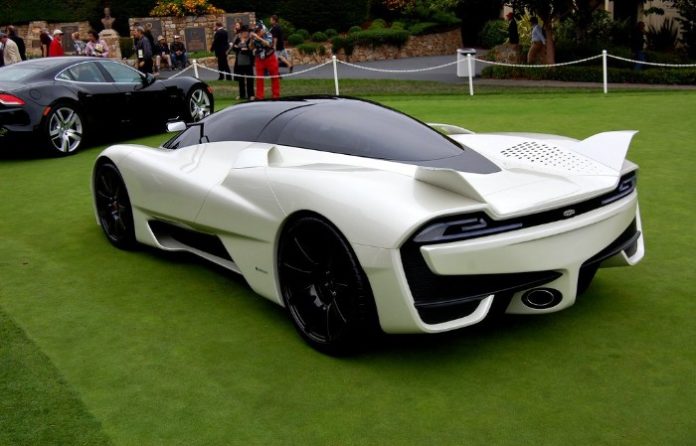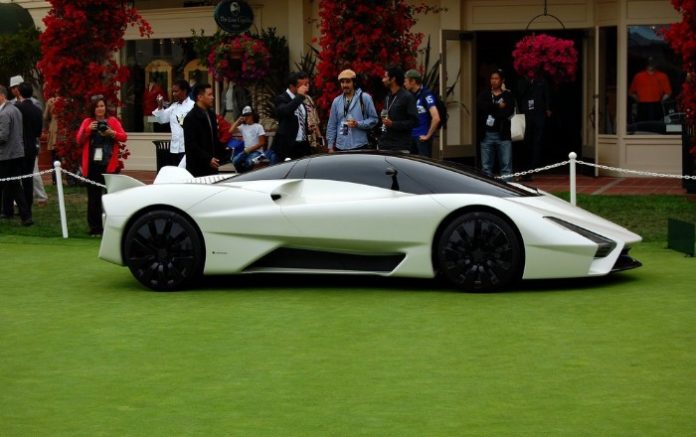A new video has surfaced showing an SSC Tuatara prototype backing out of a dealership’s showroom, letting the engine run for a couple of minutes and then parking back in.
The video is exciting because we can see the final body matched with SSC’s interesting engine choice – a 5.9 liter, twin-turbo V8 with a flat plane crankshaft and aluminum block. We’ll talk about the engine further on, but you’ll notice it doesn’t sound like any other supercar out there.

Based in Washington, SSC North America is one of few American manufacturers to stand up to European giants in the hypercar market.
In 2007, the SSC Ultimate Aero achieved 256.18 miles per hour on a back road in Eastern Washington – an upgrade over Bugatti Veyron’s 253.81 mph record at the time.

Three years later, in 2010, Bugatti Veyron Super Sport took the title again after achieving 267.85 mph. However, SSC had already become part of an elite club of only 26 car manufacturers to hold the record.
This set huge expectations for SSC’s next-generation vehicle – the Tuatara. The car was announced in July, 2011, and the first prototype was showcased at the 2013 Dubai International Motor Show.
After 5 more years of development, the final body of the Tuatara was unveiled this August at Pebble Beach, California. Despite critique of its prolonged development, SSC Tuatara comes with huge promise.

Aerodynamic superiority
Following up on its predecessor, the Tuatara puts big emphasis on aerodynamics. SSC claims the vehicle has a drag coefficient of only 0.279. This is significantly better than other top-of-the-market vehicles.
| Vehicle | CD |
| SSC Tuatara | 0.279 |
| Koenigsegg Agera | 0.33 |
| Hennessey Venom F5 | 0.33 |
| Bugatti Chiron | 0.36 |
| Pagani Huayra | 0.31 – 0.37 |
With its sexy, uninterrupted curves spanning the entire length of the body and a drop-shaped cockpit, it’s intuitively evident the shape is very streamlined and efficient.
Unique power source
The other interesting aspect of the SSC Tuatara is the engine. The reason it sounds so odd is the flat plane crankshaft design.
Manufacturers have mostly phased out flat plane crank V8s because they are difficult to balance and produce a lot of noise and vibrations. Almost every V8 engine on the street uses a cross plane crankshaft to mitigate these drawbacks.
It gets worse as the engine grows in size. The biggest flat plane crank engine is the 5.2 liter V8, found in 2016 Ford Shelby GT350, producing 526 hp and 429 lb/ft of torque.
Despite the drawbacks, the flat plane crankshaft comes with a set of features which are highly desired for high-performance vehicles like the Tuatara. A flat plane crank design requires less rotational mass, making the engine more responsive. It can rev up faster and higher and comes with a weight reduction.
The Tuatara will feature a 5.9 liter block, taking flat plane V8 engines up a notch. It is further boosted by two turbochargers with separate air to water intercoolers.
SSC claims their engine can rev up to 8,800 rpm with a maximum power output of 1,350 on 91 octane fuel and 1,750 on E85 fuel. There are no torque or acceleration numbers yet.

Power to weight ratio
Even though it creates a jaw-dropping power amount of power, the Tuatara doesn’t compromise on its weight.
The chassis and body are made entirely out of carbon fiber. The engine block is milled out of a solid block of aluminum and mounted centrally, behind the cockpit and just next to the powered rear-axle.
The vehicle weighs just 2750 lbs without a driver. This results in an incredible power to weight ratio in excess of 1000 hp per metric ton.
The main competitors – Bugatti Chiron and Koenigsegg Agera RS achieve significantly lower figures – 700 and 900 hp per ton accordingly.
With a 7-speed automated manual transmission sending power to the back wheels, SSC claims the Tuatara will go beyond 300 mph, again topping the speed record of Koenigsegg Agera RS – 277.9 mph.
We can’t wait to see the SSC return to breaking records and Tuatara, although heavily delayed, may just be the car that puts them back in 1st place.